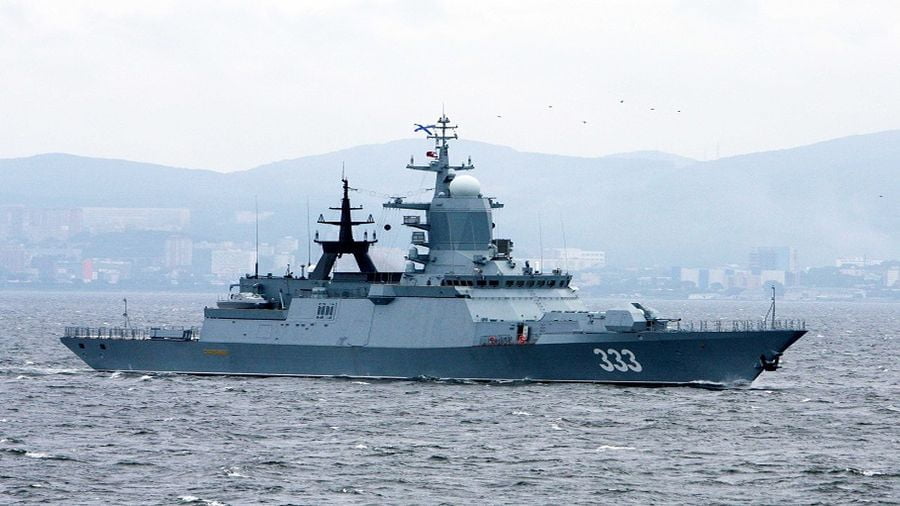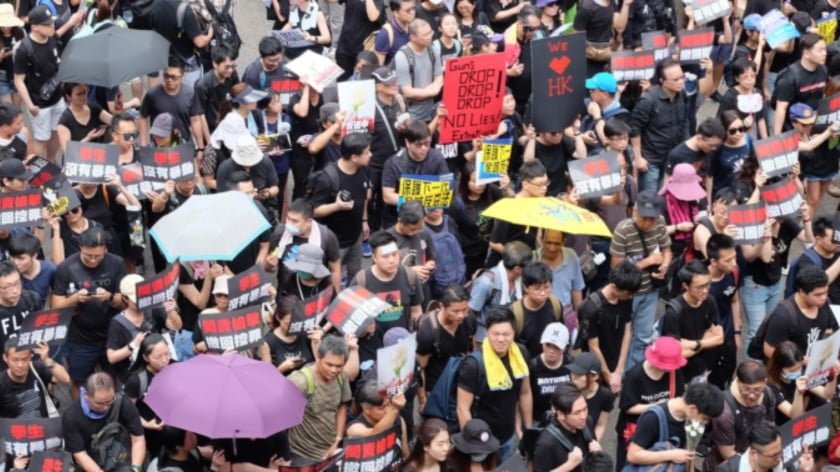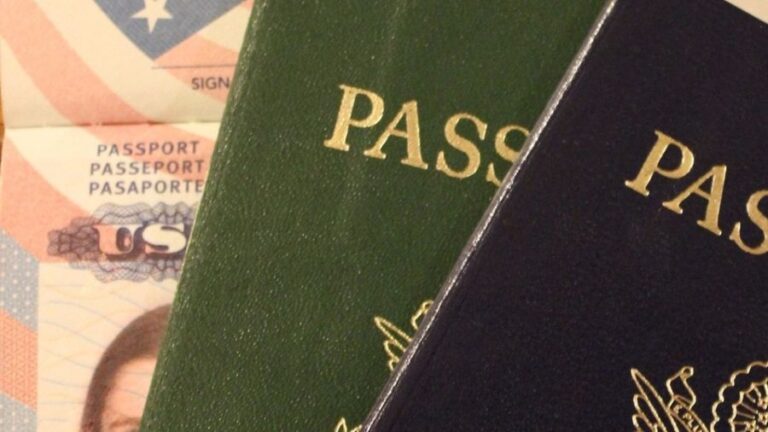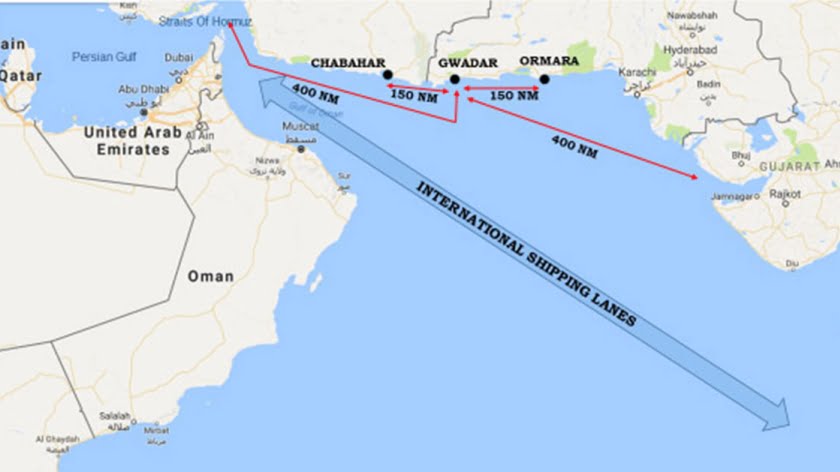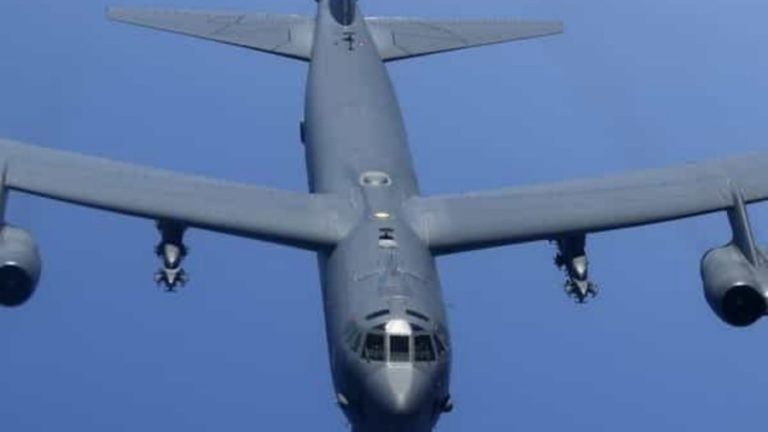Exchange of Fire in the Yellow Sea
On October 24, 2022 the armed forces of North and South Korea both announced that they had fired warning shots after a North Korean ship crossed the Northern Limit Line (NLL) in the Yellow Sea, the de facto maritime border between the two countries.
According to South Korea’s Joint Chiefs of Staff, a North Korean merchant vessel, the Mupho-ho, crossed the NLL 27 km to the north-west of the border Baengnyeong Island at 3.42 a.m. and then turned round and headed north after a South Korean naval vessel had sounded a warning and fired warning shots. Some two hours later, at 5.14 a.m., the North Korean armed forces fired ten times multiple rocket launcher (MRL) artillery shells at the maritime buffer zone in the Yellow Sea. A number of South Korean naval vessels, including a frigate, were deployed near the area, but did not cross the NLL.
The North Korean armed forces claim that the South Korean naval vessel “invaded” the NLL: “An escort ship of the 2nd Fleet of the puppet south Korean navy invaded the Military Demarcation Line under the control of the Korean People’s Army on the sea 2.5 to 5 km …to open ‘warning fire’ on the excuse of controlling an unidentified ship.” In response “the KPA General Staff ordered the coastal defence units on the western front to keep strict monitoring and counteraction readiness” and at 5.15 they fired 10 multiple rocket launcher shells to expel the “enemy warship”. The statement ends: “The KPA General Staff once again sends a grave warning to the enemies who made even naval intrusion in the wake of such provocations as the recent artillery firing and loudspeaker broadcasting on the ground front.”
Seoul sees Pyongyang’s actions as a provocation and a violation of the joint statement on reducing military tension issued on September 19, 2018 at the end of the third inter-Korean summit. South Korea’s General Staff claimed that ”Pyongyang’s actions destabilize the situation both on the Korean peninsula and in the wider region.” South Korea’s military added that they no longer use loudspeaker announcements along the border (although the North Korean statement is probably mentioning what the South Koreans refer to as “warning messages”).
South Korea’s Yonhap News Agency quoted a statement from the office of President Yoon Suk-yeol: “North Korea’s continued provocations and claims that try to frame us as being in the wrong harm peace and stability not only on the Korean Peninsula but also in the international community … The more North Korea intensifies its threats, the deeper the isolation of the North Korean government and the more impoverished the North Korean people will become“.
How can we assess the above incident?
Firstly, it cannot be described as an “exchange of fire” – both North and South Korea claim that an “enemy ship tried to cross the border, but we prevented it from doing so by firing warning shots.” There was no firing at an actual target, nor any return fire. 10 multiple rocket launcher shells is very little compared to the more than 1 000 artillery shells fired by North Korea from October 14-19, 2022.
Of course, this latest incident is unpleasant, but it is little more than a routine problem compared with other recent events (especially the Hoguk defense exercises, which North Korea sees as a rehearsal for an invasion).
Secondly, such incidents regularly take place in the vicinity of the NLL – a border that is not recognized by North Korea, which claims that the Line was unilaterally imposed by the UN, at the instigation of the USA, at the end of the Korean War in 1953. Pyongyang demands that the border be moved further south, and in 1999, 2002 and 2009 there were bloody clashes between border guard vessels from both countries, with North Korea claiming victory in some incidents and South Korea in others.
The 2018 Winter Olympics saw relations between North and South Korea improve, and to prevent any incidents the two Koreas signed an agreement on the creation of maritime buffer zones in the Sea of Japan (some 80 km long) and in the Yellow Sea (135 km long). But that was part of an agreement between the two countries on maritime cooperation, which is now at risk. If that happens then incidents of this kind can be expected to occur more often.
And thirdly, even if such incidents become more frequent or more serious, that does not mean that tensions between the two countries at a strategic level will increase. Although each country claims to be acting in self-defense and describes its adversary’s actions as a provocation, neither Seoul not Pyongyang are ready to risk a serious conflict. However, that does not exclude the risk of tensions between the two countries returning level they were at in, say, 2014, when there was aggressive rhetoric and saber-rattling on both sides, without either of them crossing any red lines.
In such situations the real fear is of one party acting irrationally. When both parties are nervous and servicemen have orders to “shoot first then identify the opponent”, there is always the risk that the sound of something rustling in the undergrowth, so to speak, may trigger a major incident. It just takes one side to fire on a suspected attacker, and, with each side blaming the other, the situation may escalate and spiral out of control.
Fourthly, given the location of South Korea’s exercises, the present author is left with the impression that Seoul has decided to ratchet up the pressure on North Korea. Although there have been a number of promising initiatives – which deserve an article to themselves – it appears that Yoon Suk-yeol realizes that his government will not be able to restart the dialogue with North Korea.
There are a number of reasons for this. Firstly, Yoon Suk-yeol has frequently criticized Moon Jae-in’s policy of making unnecessary concessions, and the logic of party politics prevents him from making a U-turn and following his predecessor’s example. Secondly, even the Olympic rapprochement clearly demonstrated the limits of possible cooperation between North and South Korea, and anything more would certainly be treated as an unacceptable concession (something which the pragmatic Yoon Suk-yeol is opposed to). Thirdly, the security dilemma genuinely requires him, as a pragmatist, to find a way to protect his country from North Korean rocket attacks, including by gaining public acceptance for the THAAD missile defense system. Fourthly, while both the maximum and minimum limits to cooperation are clear, it is possible that relations between North and South Korea could be sacrificed in order to provide South Korea with greater freedom in its relations with China and Russia. Any conflict with Moscow or Beijing could have unpleasant political and economic consequences, while its relations with North Korea are in an in-between state, neither war, nor peace.
Only time will show whether Yoon Suk-yeol will be able to stay the course – as South Korea has a whole series of scheduled upcoming events, any one of which could have the effect of provoking North Korea to take action.
As part of the Hoguk exercises, from October 24-27 South Korea will conduct hybrid naval exercises which will also involve its land troops and air force, maritime police and also the US armed forces. Some 20 South Korean naval vessels will take part in the exercises, including frigates and destroyers equipped with the Aegis multi-target monitoring and interception system, as well as maritime patrol aircraft and helicopters. The land troops will use Apache helicopters, while the air force will use F-15K and KF-16 fighter jets. America will send Apache helicopters and A-10 close-support helicopters to take part in the exercises. All the exercises will mimic real combat conditions as closely as possible, and – whoops! – will focus on the identification and destruction of enemy “targets” in the north-western islands in the Yellow Sea. Exactly where the most recent incident occurred.
And then on October 31 South Korea and the USA plan to hold a large-scale 5-day aviation exercise (formerly known as Vigilant Ace) involving some 250 aircraft including the F-35A and F-35B stealth jets. U.S. Air Force B-1B Lancer aircraft are also expected to fly over the Korean Peninsula as part of the planned combined air exercise with the South Korean Air Force, which will “serve as a strong message to deter North Korea’s belligerence”.
The B-1B is one of the three nuclear-capable strategic bombers used by the US Air Force, along with the B-2 Spirit and the B-52 Stratofortress, and it has often been used for flights over the Korean peninsula at times when North Korea had “stoked tensions”.
North Korea’s next nuclear test may be scheduled to coincide with the exercises (“maybe around the week of October 31”). According to Harry Kazianis, president of the US-based Rogue States Project: “North Korea could conduct a nuclear test any day now ― especially now … My guess would be that Kim would want to put a little distance between China’s big political events and the nuclear test, so it would make sense to pull the trigger sometime near the U.S. midterms for maximum impact.”
We could therefore expect to see a period of “controlled tensions” with headlines along the lines of “Korean peninsula on the brink of war” every 4-6 months or so.
Experts should therefore avoid the twin traps of unnecessary alarmism and excess complacency – there will be a panic, and then things will calm down. To return to the metaphor used by the present author in an article published six years ago, the rabbit is still hiding in the undergrowth.

